I recently got the unique opportunity to attend a closed course at Haley Strategic Partners designed to build thinkers before shooters, called Disruptive Environments.
Industry professionals from a variety of different markets converged in Montrose, CO for instruction focused around teaching skill-sets and sustainment tools. Disruptive Environments put participants into situations encountered by a modern warfighter for a 3-day glimpse of what it takes to fill their shoes.
We went through everything from weapons manipulation to Dynamic Assaults and even an FTX (Final Training Exercise) where we found ourselves in a 14,000 ft. mountain range suspended 600 ft. in the air by nothing more than a rope and a little metal. Needless to say it was right up my alley!
Haley Strategic Partners
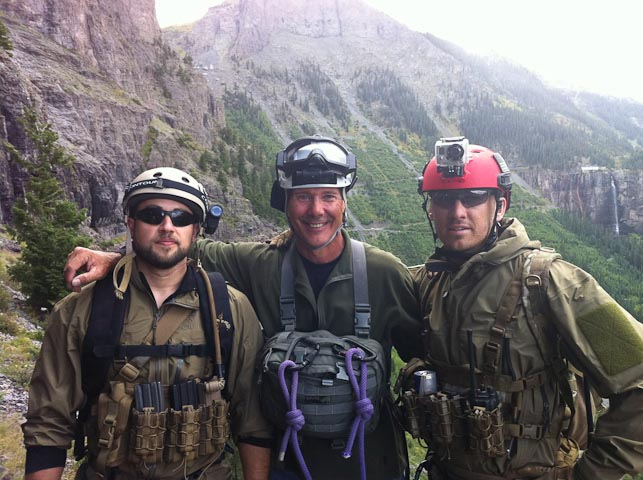
Travis Haley, previously CEO of Magpul Industries and Magpul Dynamics, has recently broken away to start his own endeavor at Haley Strategic Partners, where he’s formed an operation that I’m truly proud to endorse. Not only as a company, but Travis himself. After spending a few days getting to know Travis, I found him to be a completely down-to-earth person that I respect considerably in this industry.
I found many similarities in not only the integrity with which he runs HSP, but in his enthusiasm and passion that he exudes, as I do with ITS Tactical. It’s refreshing to see that in an industry that I’ve found to be close-minded on more than one occasion.
Along with Chief Creative Officer Jon Chang and Instructor Brannon LeBouef; HSP provides training, consulting, product T&E and marketing to the industry. We’ve even got something in the works with HSP that will be coming very soon to ITS Tactical!
Disruptive Environments
As mentioned, the Disruptive Environments course takes industry professionals that might not be otherwise exposed to the realities of the modern warfighter and gives them a glimpse into what they encounter and better understand the needs of their end user; be it peer or client.
I found the course to be a fantastic representation of a broad range of skill-sets that I typically look for in courses that I attend. While many can attend a typical multiple-day shooting course, I’ve been drawn more and more to courses that step outside of this mold as the Disruptive Environments course did.
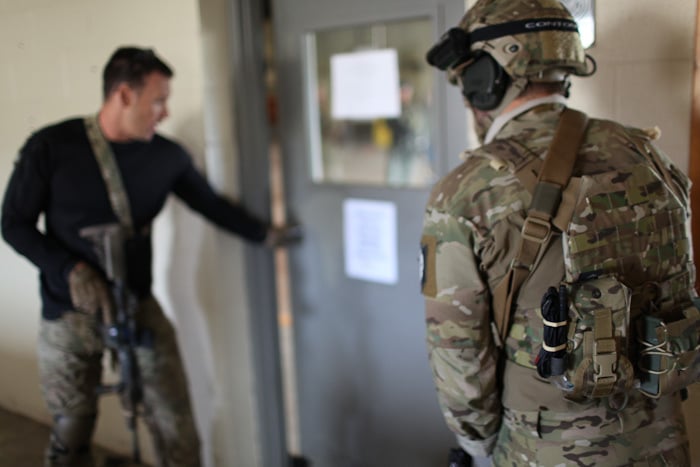
Weapons Manipulation – Day 1
Throughout this AAR you’ll see me mention the insight that Travis provided during each course of instruction during the 3-day Disruptive Environments curriculum. I was grateful to hear about his experience as it related to everything we were instructed on, especially what did and didn’t work for him.
The first day was spent learning about some of the intricacies of shooting from a combat perspective. The basics of pistol and rifle were stressed, including zeroing, basic manipulation and focusing on fundamentals that helped everyone from many different backgrounds and abilities. I really appreciated Travis’ teaching style and presentation of information. I could also see everyone develop as the day progressed and attribute that to great instruction!
In addition to Travis’ guidance, we had the fortune of learning from accomplished shooter and President of Practical Shooting Academy, Ron Avery. Ron has a unique way of teaching the fundamentals of pistol that I hadn’t been exposed to before. His hands-on demonstrations, such as taking a stick and showing how a higher grip would control the weapon better, was something that I’d heard before from instructors but had never been shown quite like that. I consider myself a visual learner and appreciated the applications that Ron showed us.
Urban Entry and Assault – Day 2
While I’ve been exposed to working in close quarters in both the Navy and in previous courses I’ve attended, the 50,000 sq. ft. abandoned warehouse HSP was given access to use during our course was about as disruptive of an environment as you can get. With sparse light and areas of complete darkness, manipulating throughout the structure proved challenging and to be unique experience.
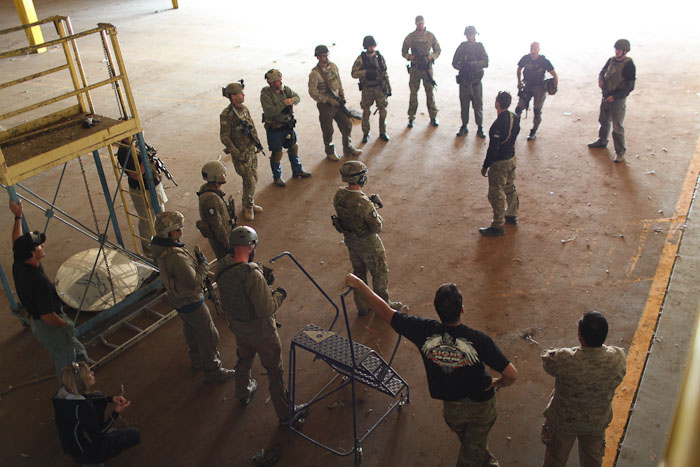
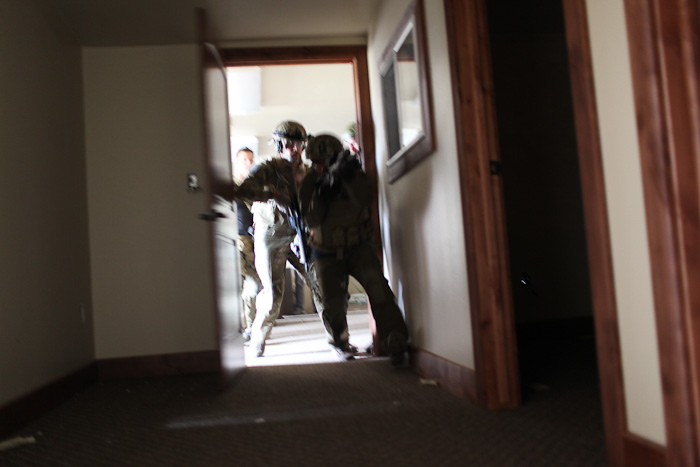
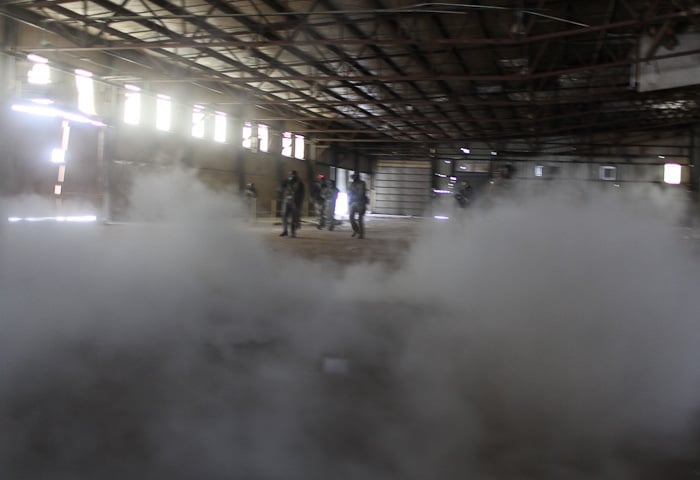
Travis really stressed the importance of Cell Team Tactics and their use in entry and assaults. While traditional close-quarters work takes an element that uses individuals trained in different specialties and can be large in size, Cell Team Tactics utilize a smaller element that has been cross-trained to not only work as a team in the traditional sense, but that also knows each others jobs and doesn’t depend on a single man to handle certain obstacles that can be encountered.
We learned how to work together as small Cell Teams to complete individual objectives that contributed to the overall mission plan. Utilizing UTM (Ultimate Training Munitions) and role players added the realism necessary to properly train and progress from a crawl to our final dynamic force-on-force movements throughout the objective.
I can’t stress the importance of getting yourself into a sim-type training environment and the benefits it provides from not only a physical nature, but a mental one as well. It’s a different animal to face paper versus a real-life opposition that fires rounds that hurt and have the potential to inflict consequences for taking the wrong action.
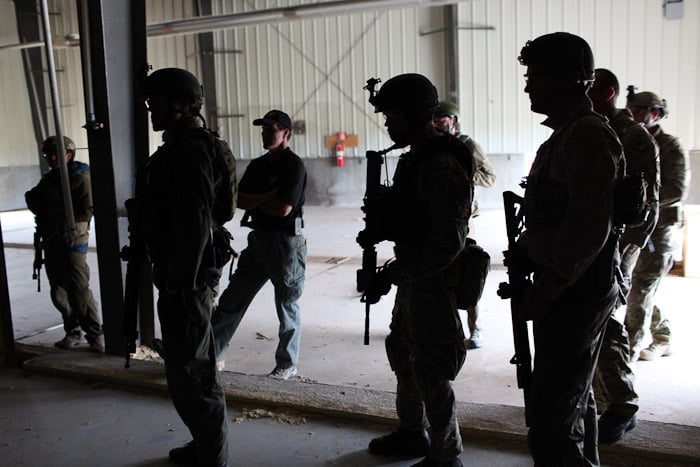
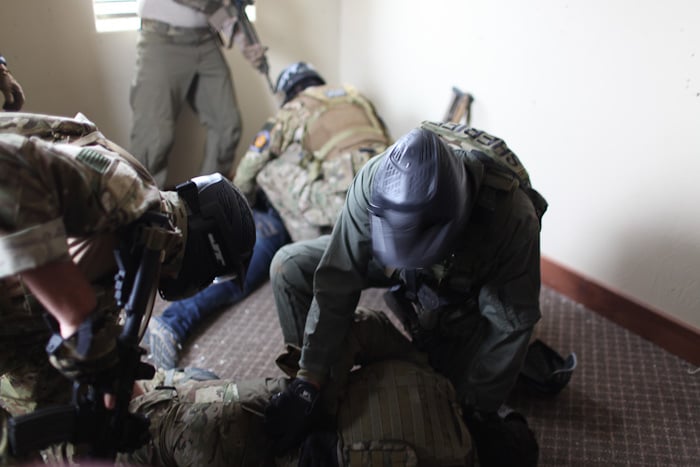
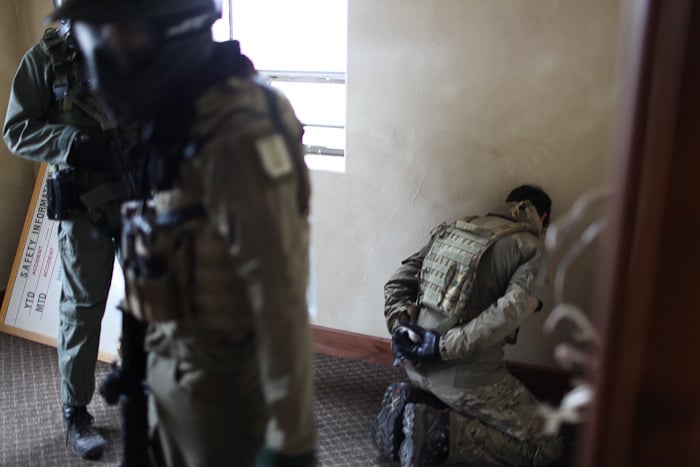
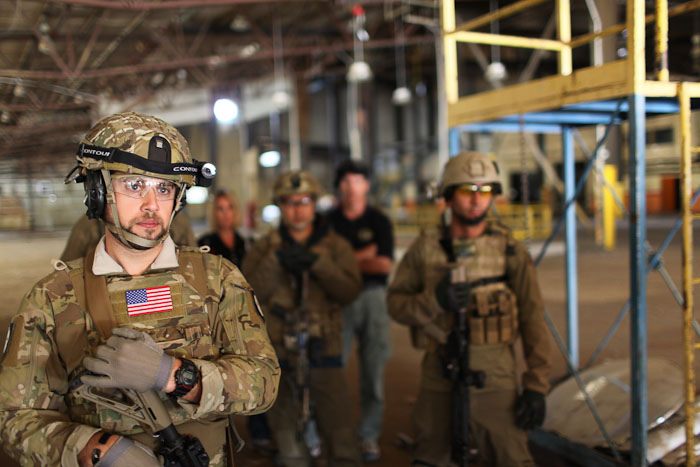
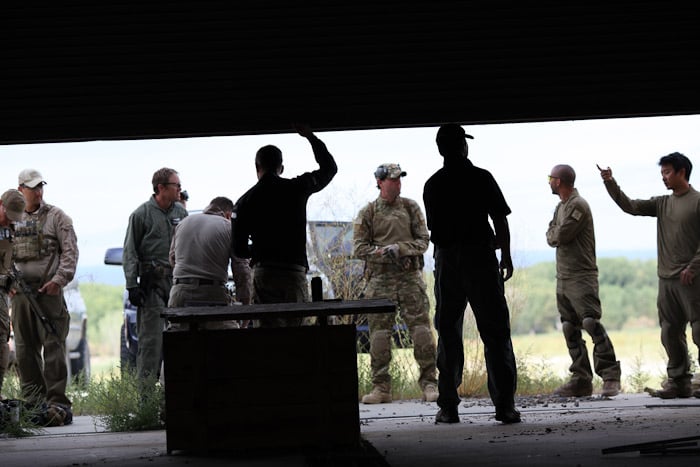
Trouble Shooter – Day 3
The culmination of our training was put to the test in our FTX (Final Training Exercise) which took place on the third day. It not only integrated the tactics we’d previously been exposed to, but a skill-set near and dear to me, intelligence gathering. Interacting with locals and using social engineering to extract information is a skill-set I don’t often get to practice.
Without giving away too much of our FTX, our class was split into two elements, each required to gather important operational intel that would lead us to our objective. The end goal being to locate a terrorist cell responsible for DOS (denial of service) communication disruption attacks and conduct a site exploitation before extracting. Our mission brief was very well thought out and planned. The details that were put into each sub-objective came right from real-life mission profiles.
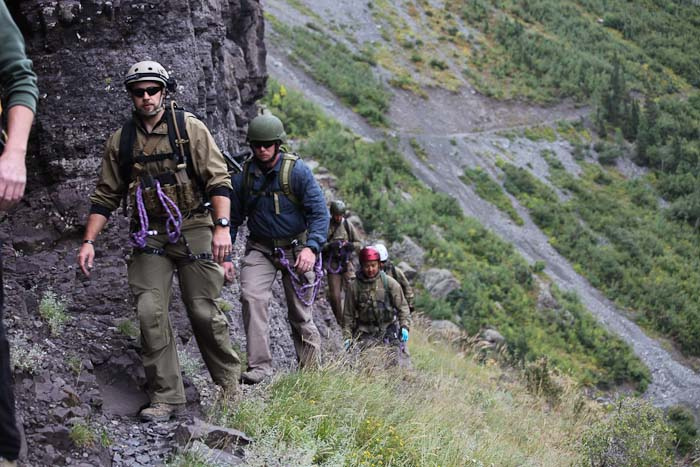
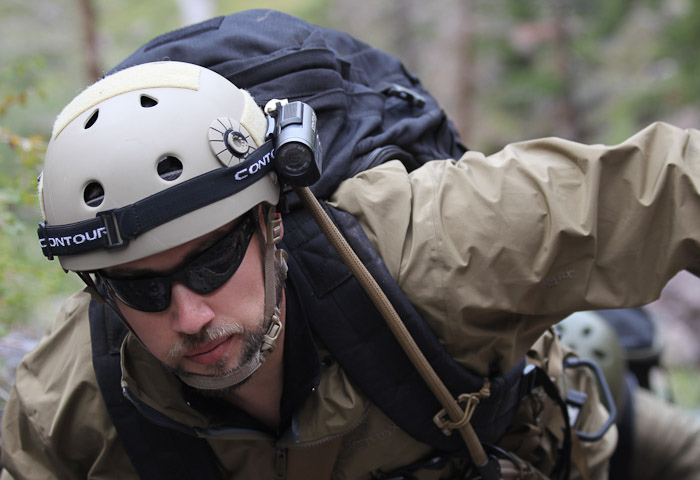
Utilizing many of the skill-sets I’d previously learned, my group converged on the small mountain town located in the shadow of a mountain we’d soon be traversing towards our objective. Our link-up with our contact required a call-sign confirmation that would prove to be a challenge in obtaining the critical intel we needed.
Once our element gained the necessary intel, we made our way to the nearby mountain and Via Ferrata route we’d be traversing with our firearms converted to UTM. A Via Ferrata is a mountain route equipped with fixed cables and metal ladders. The main event of our particular Via Ferrata suspended us a few hundred feet in the air as we moved towards our objective in locating the terrorist cell we’d been tracking.
This was the first time I’d ever been on a Via Ferrata and it was an awesome experience! There were literally moments that I was suspended with nothing more than a single hand and a foot hold. Thanks to Arc’Teryx and the HSP Mountain Rescue Team, we had redundant protection that ensured even if something happened we were always clipped into the cable. It was exhilarating nonetheless!
While our loadout wasn’t even a third of what our troops overseas are humping through the mountains, it certainly gave everyone an appreciation of what those on the pointy end of the stick are exposed to on a daily basis. Our opposition lay just beyond the Via Ferrata and little did we know what awaited us as we got both feet back onto the ground to move towards the objective.
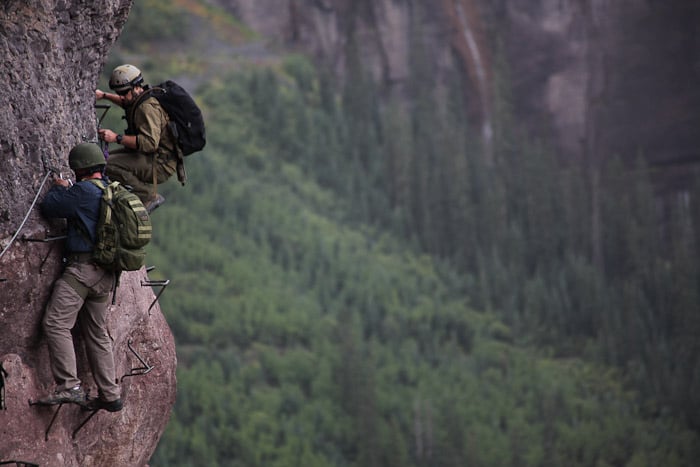
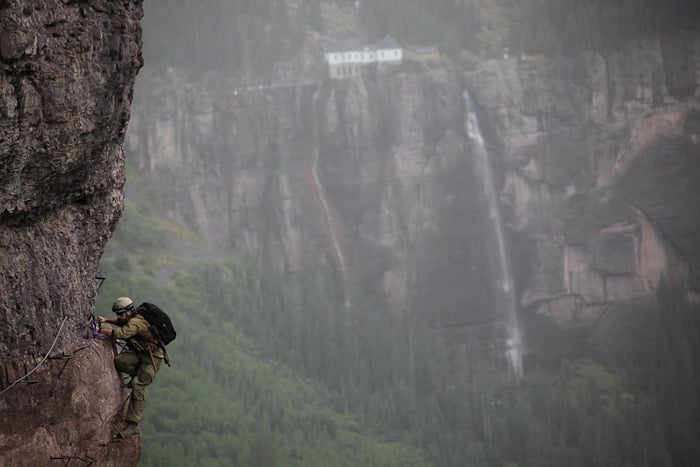
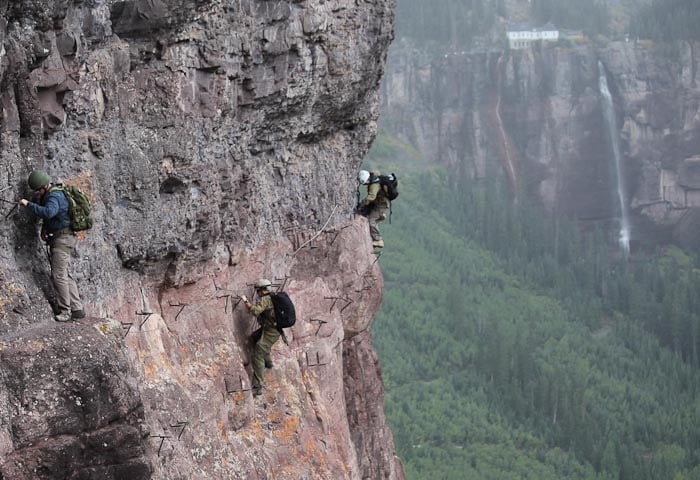
After a four mile hump and climb up 12,000 ft. mountains, our two elements moved around the final turn and were bombarded by a well placed ambush. Utilizing the high ground, and well dug-in locations we were forced to think outside of the box and engage the opposition force. I’ll say that this was the first time throughout the course I’d been hit with a 375 fps 5.56 UTM round and I definitely felt it on my thigh after the adrenaline of the FTX wore off.
I gave chase up a mountain-side to encounter one of the role players and wound up getting a sizable boulder rolling down the mountain and appearing to be coming right for my face! Luckily it took a southerly direction and I was able to grab a nearby tree and move my leg just enough to avoid it making direct contact with my knee. While it did strike my shin and still hurts with pressure even today, I got lucky and appreciate the authenticity that the FTX provided. I’m a strong believer in authentic training and Haley Strategic doesn’t disappoint! It’s that old Chinese proverb made popular by General Patton, “the more you sweat in training, the less you’ll bleed in war.”
After neutralizing the opposition we conducted a site sterilization and extracted any intel we could off the role players before egressing down the mountain another mile and a half to the admin area. With our mission complete and debrief underway we got the chance to decompress and take in what we’d accomplished as a team throughout the course. With new friendships forged and my second time in the mountains of Colorado, I not only look forward to getting back to Colorado, but to also train with Haley Strategic again!
Notes and Equipment
Throughout the course we had the unique ability to try out some great products from other industry professionals. Arc’Teryx not only provided the climbing harnesses we utilized on the FTX, but also provided the clothing from their LEAF line I wore for the better part of the Disruptive Environments course. I’ve been T&E’ing a pair of Arc’Teryx Sphinx Pants, Alpha LT Jacket and Atom LT Jacket since the GORUCK Ascent in Colorado and the items provided the durability and warmth I needed in the mountains.
HSGI provided their AO Small Chest Rig to everyone to utilize during the FTX and I liked the fit and function of it and their included TACO pouches! Corbon Ammunition provide the live rounds we utilized during day one and UTM provided the non-lethal life fire training rounds and protective equipment utilized on day two. Bravo Company Manufacturing, Aimpoint, Surefire and Impact Weapons Components provided the weapons, optics and mounting solutions utilized in live-fire and force-on-force training portions.
The videos in this article were also filmed entirely on a Contour GPS Camera that we’ve had access to since the GORUCK Ascent and it continues to impress. Look for more on the Contour GPS and Arc’Teryx LEAF clothing in an upcoming article on the gear of the GORUCK Ascent.
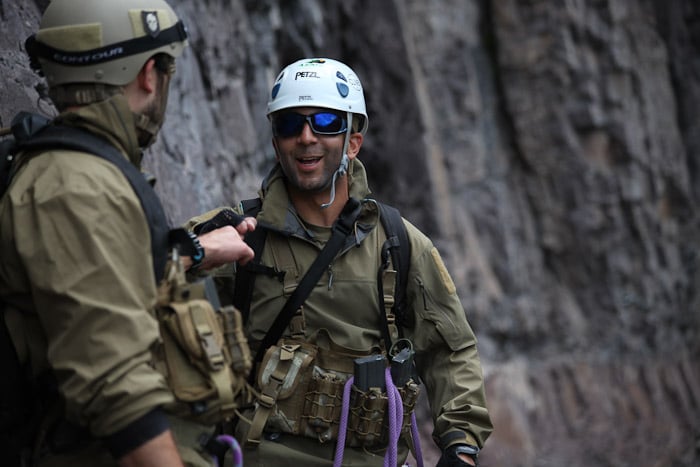
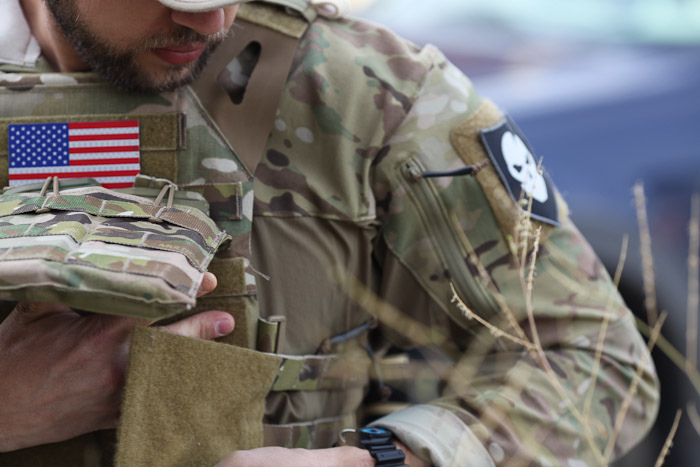
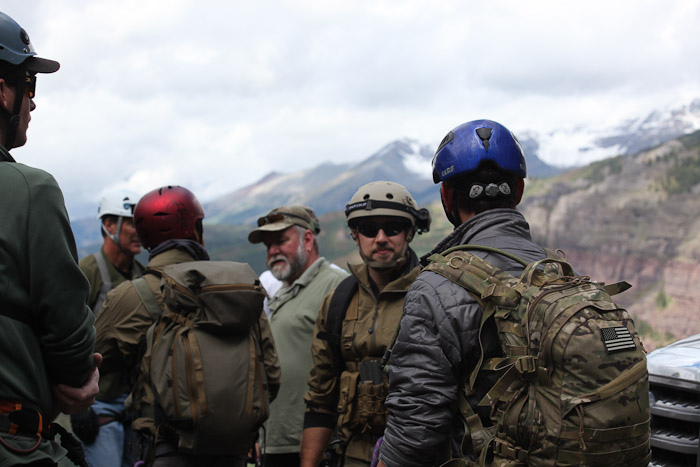
I’d highly suggest looking into future Haley Strategic classes for your training needs. Travis and the HSP crew are on my short list of go-to instructors that provide a real-world curriculum that can be utilized in your everyday life. I appreciate the opportunity to have been offered a slot in the course and to continue to train in situations that stress the importance of overcoming adversity through being adaptive and increasing survivability.
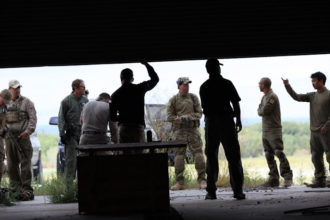
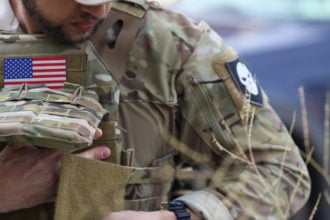
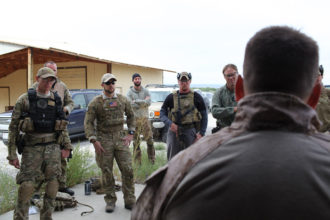
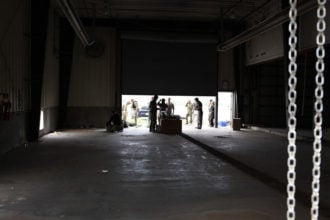
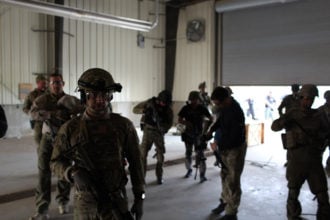
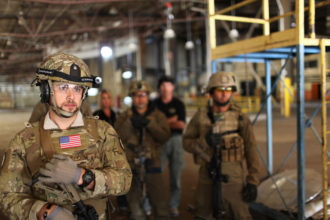
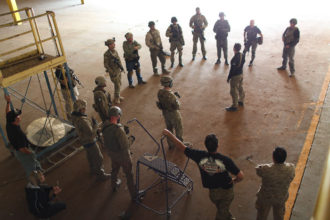
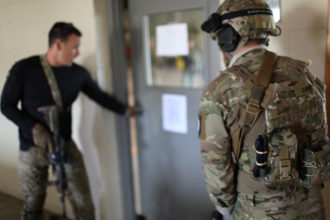
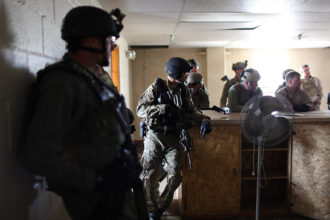
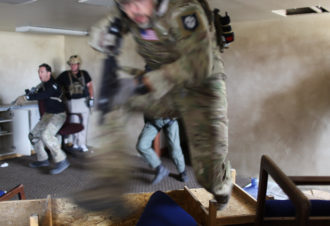
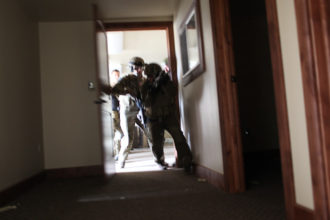
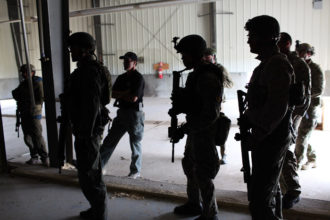
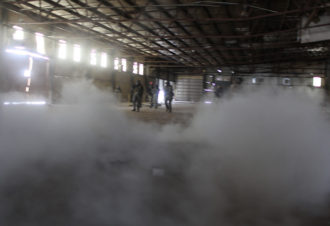
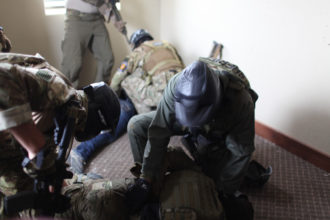
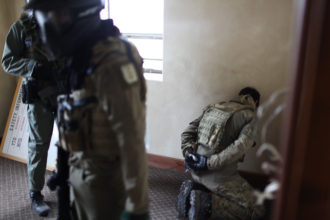
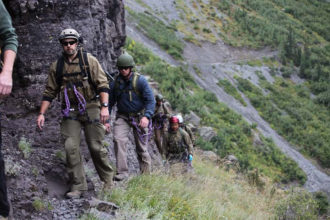
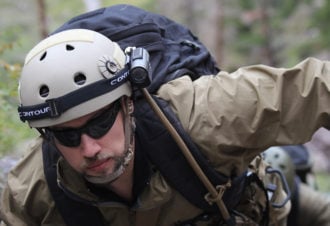
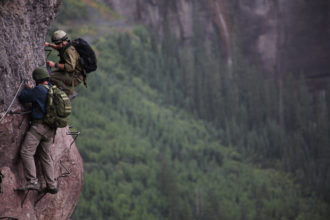
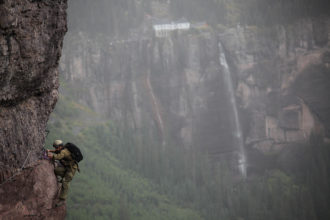
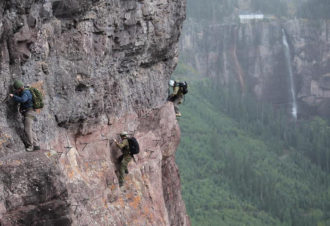
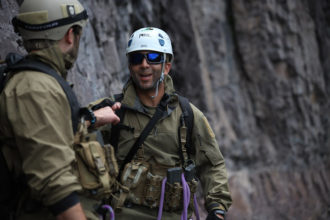
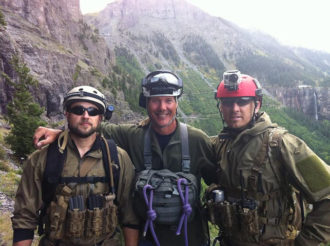
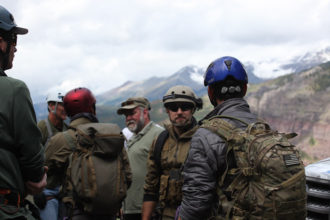
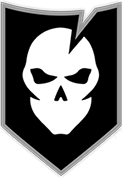





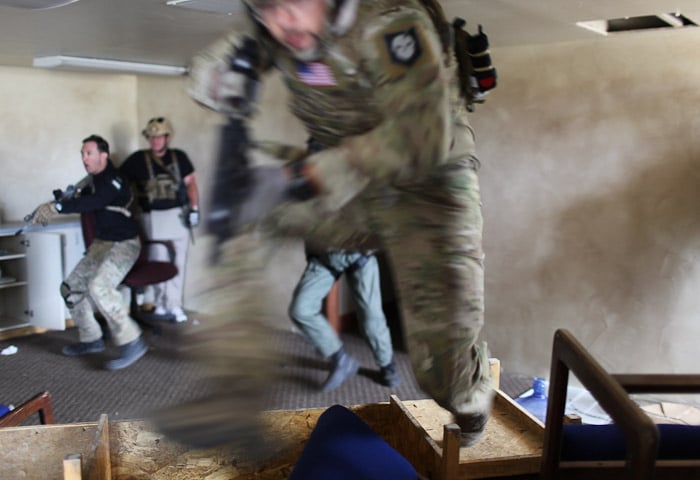
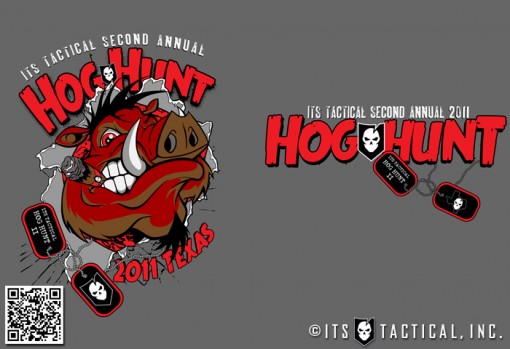
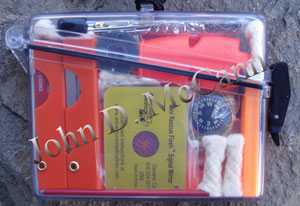 The mini survival kit is often misunderstood. I’ve seen some information put forth that might lead people to believe that a mini kit is useless. Yet people like Ron Hood, Doug Ritter and myself, among many others, have recommended them for years — and for good reason.
The mini survival kit is often misunderstood. I’ve seen some information put forth that might lead people to believe that a mini kit is useless. Yet people like Ron Hood, Doug Ritter and myself, among many others, have recommended them for years — and for good reason.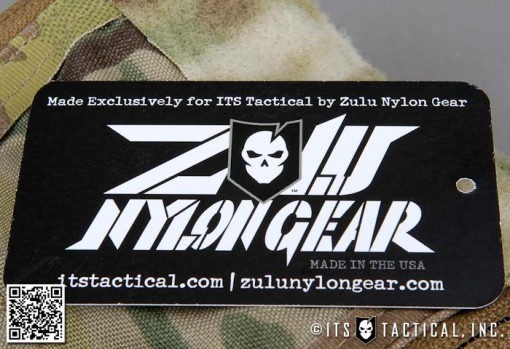
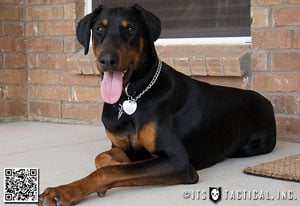
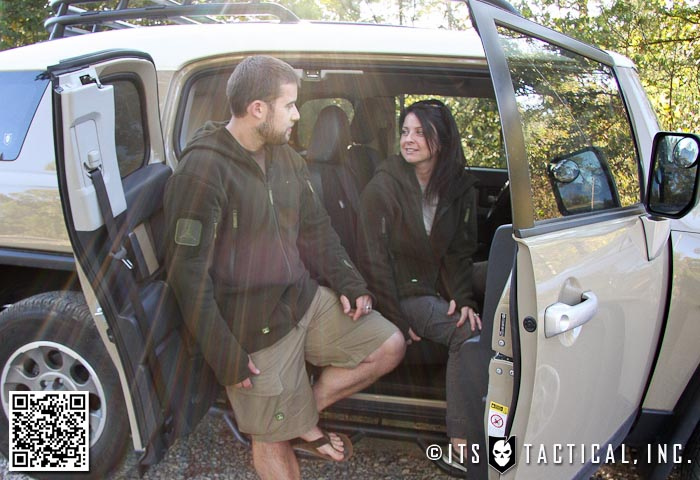
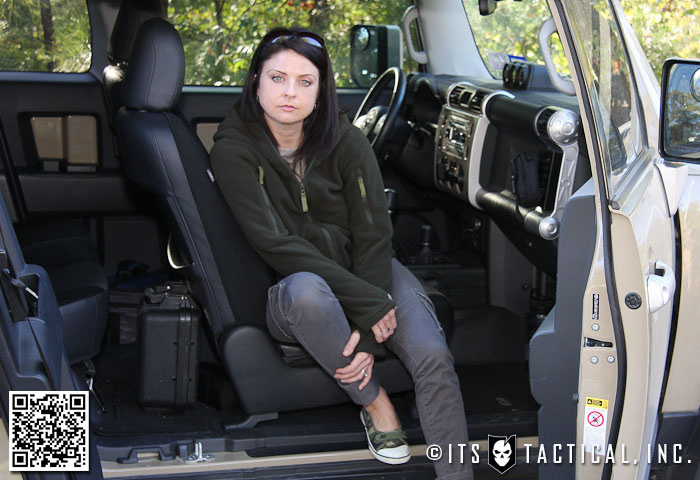
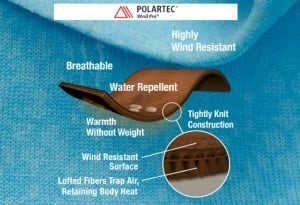
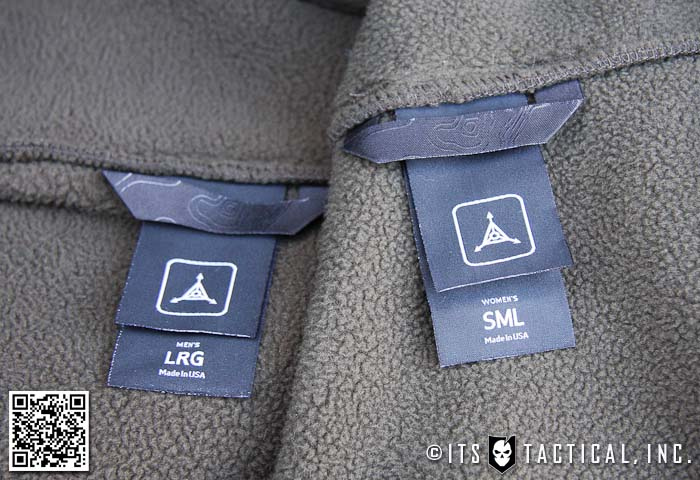
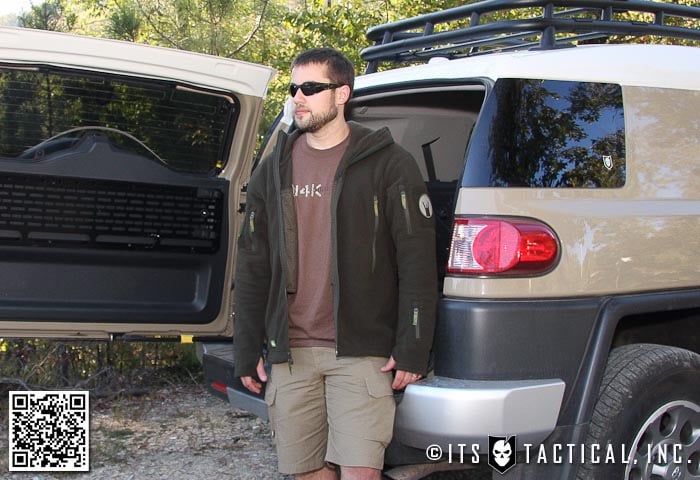
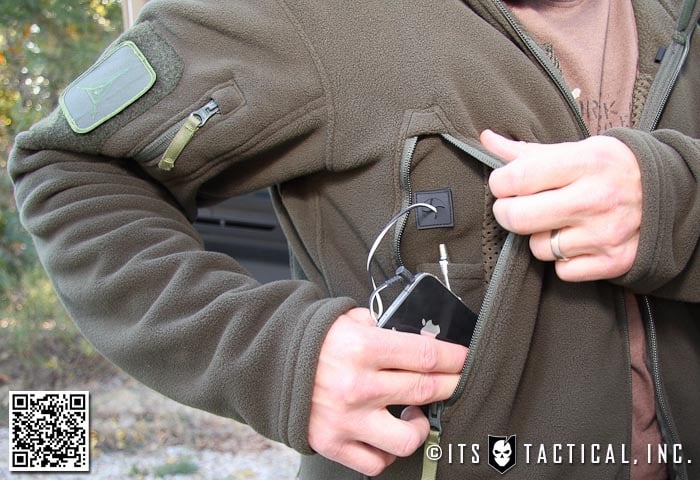
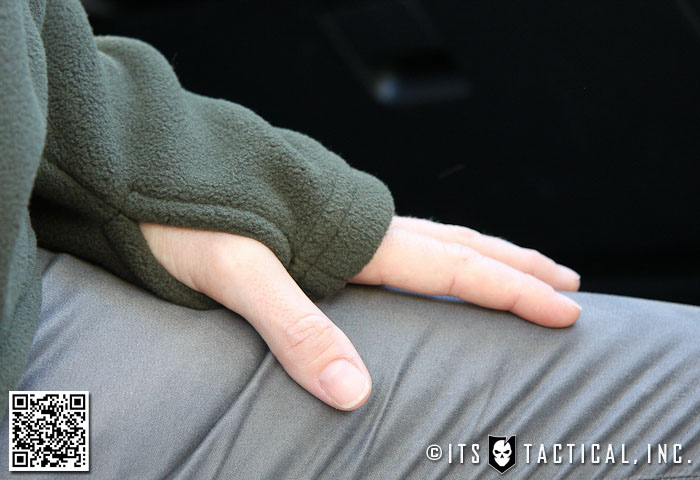
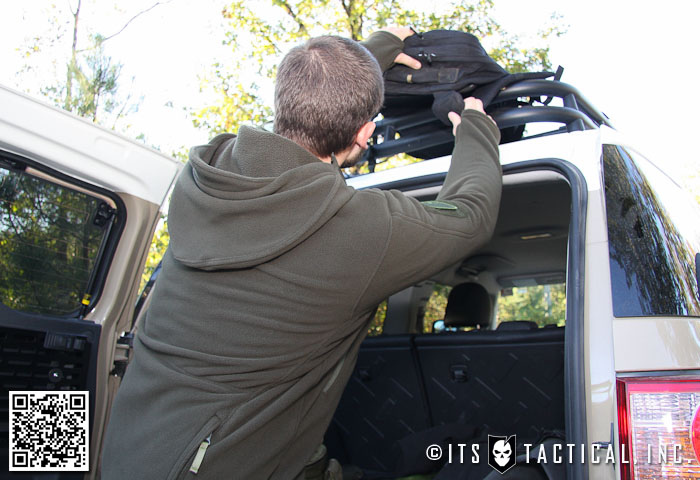
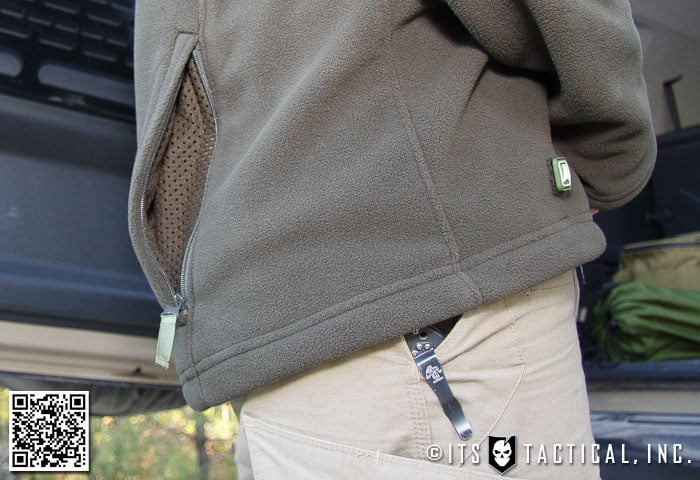
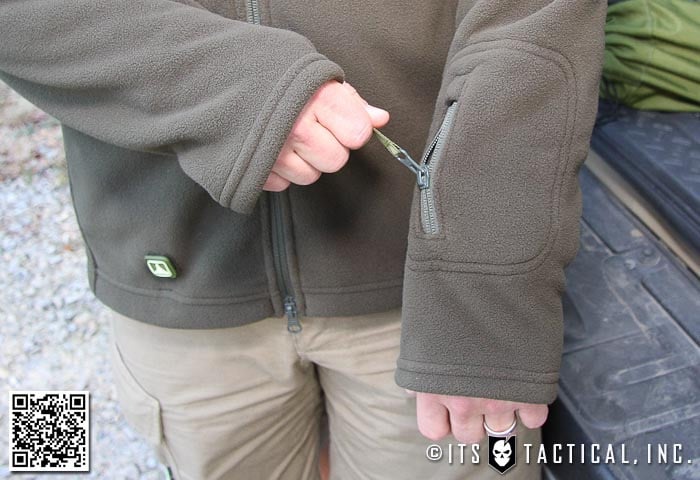
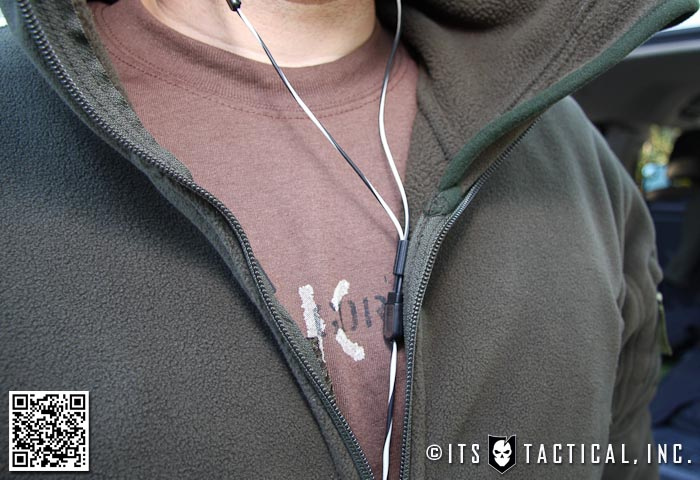
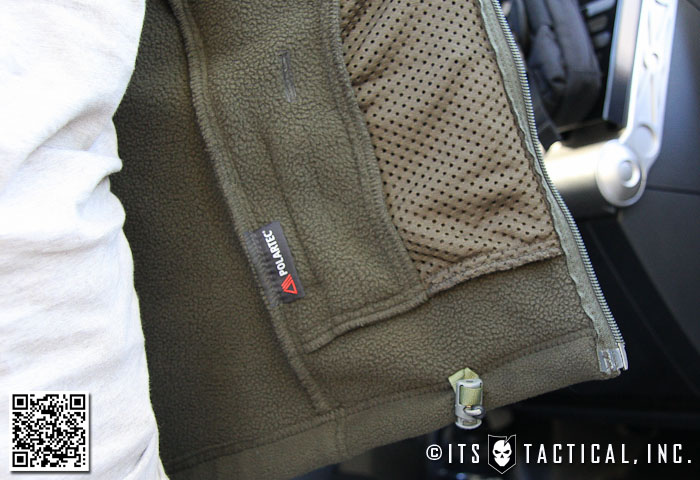
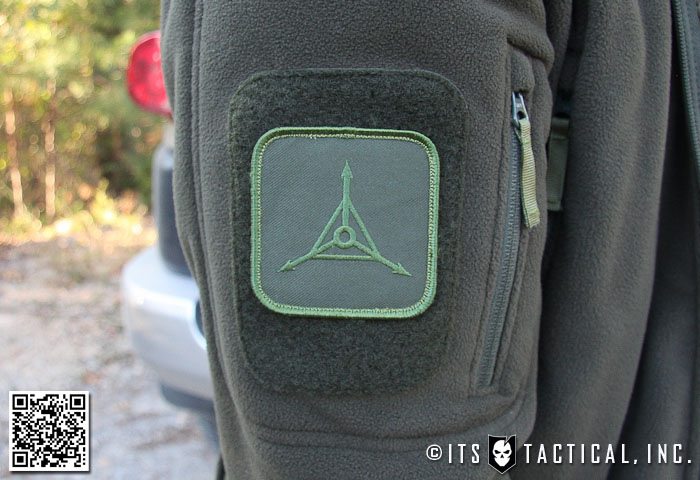
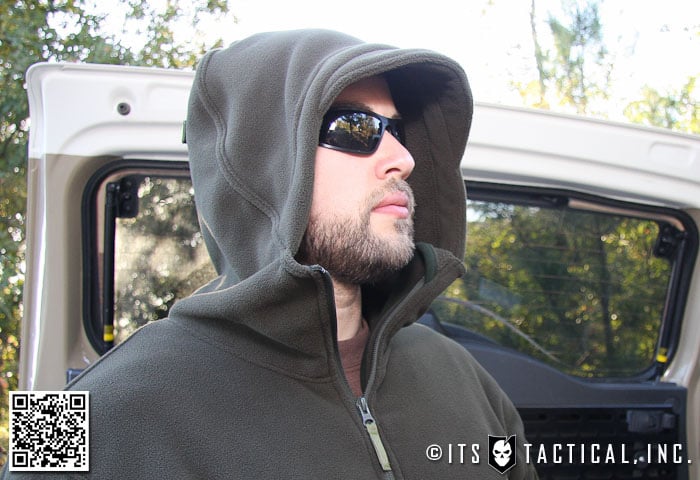
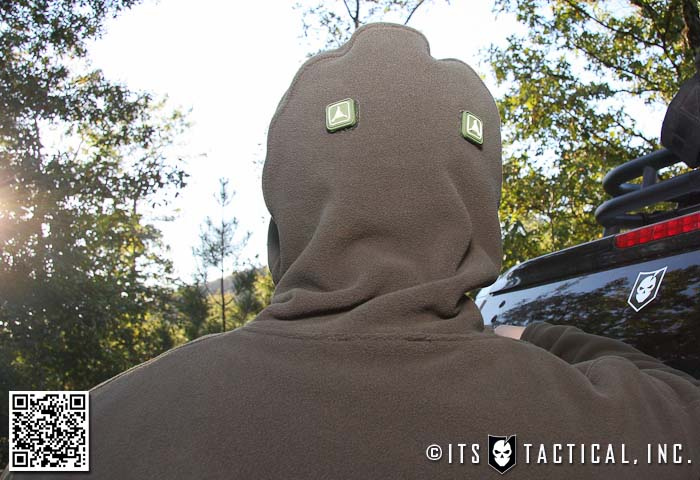
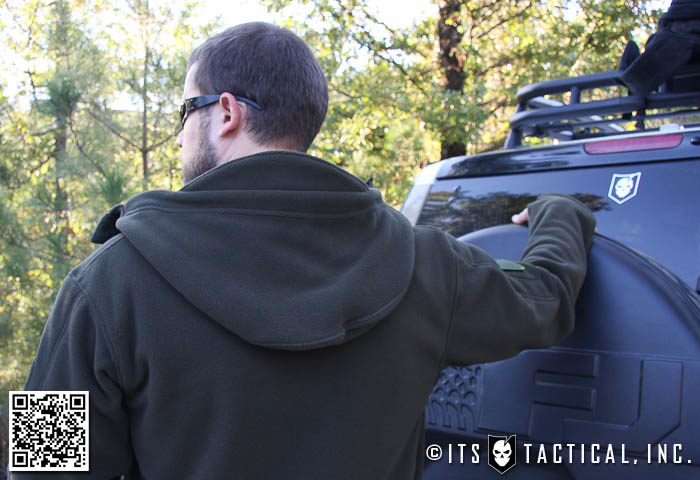
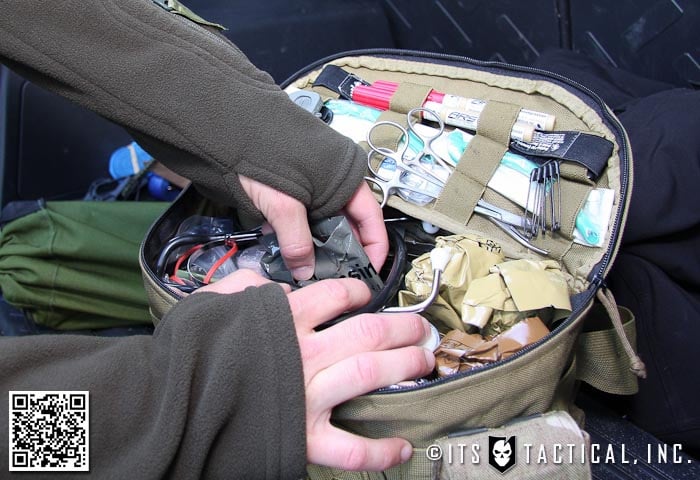
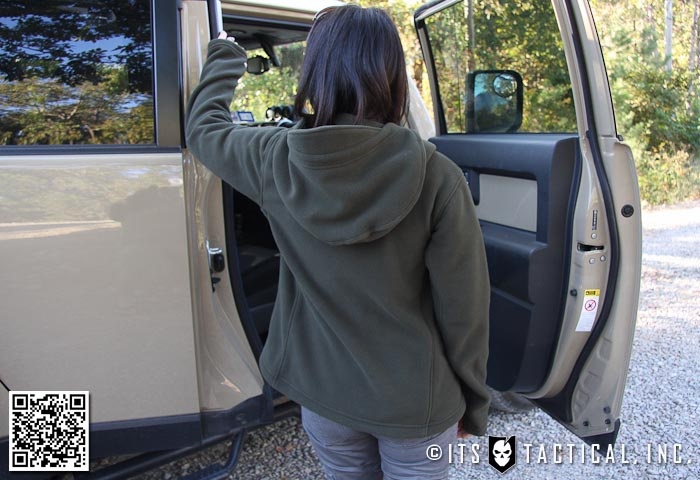
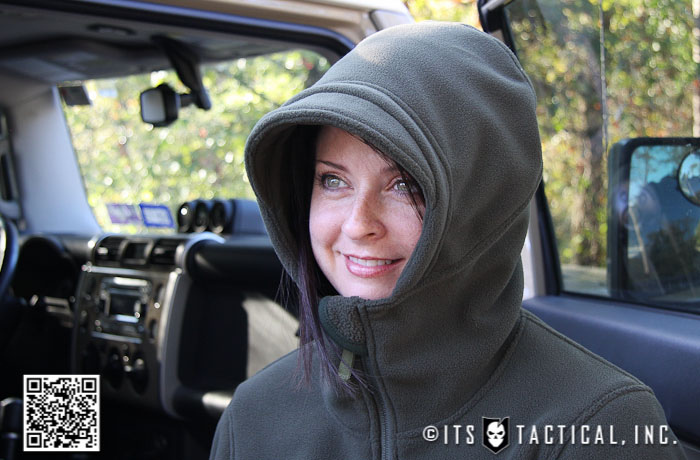
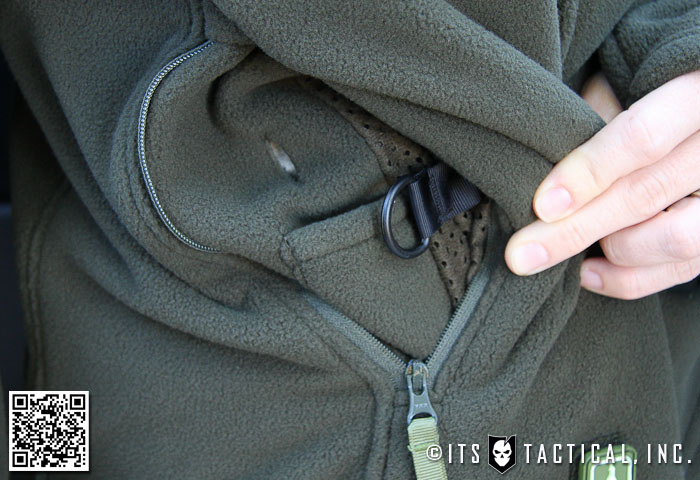
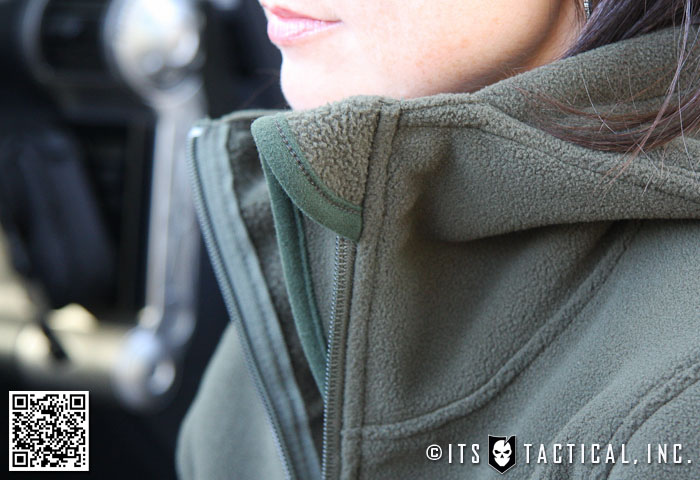
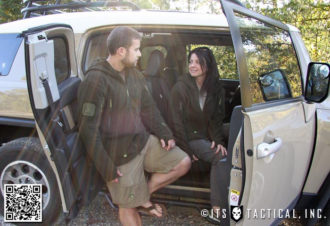
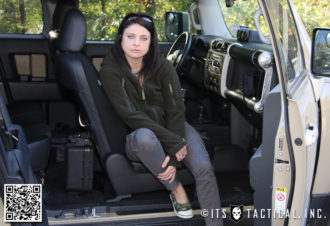
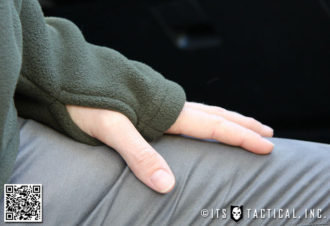
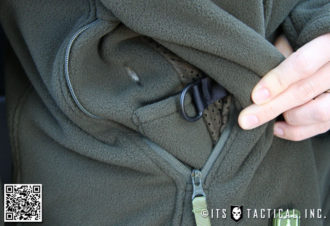
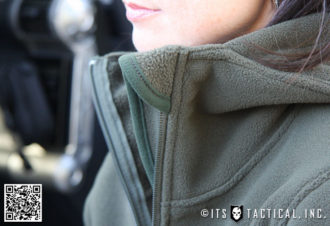
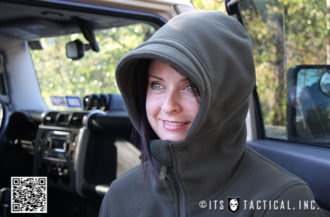
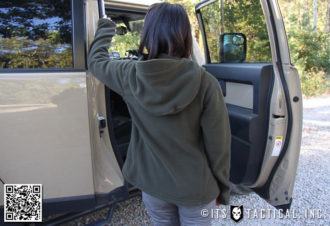
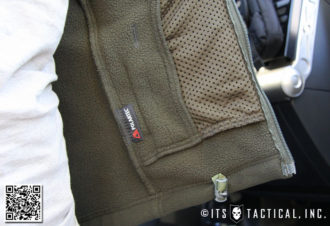
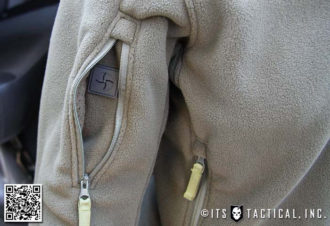
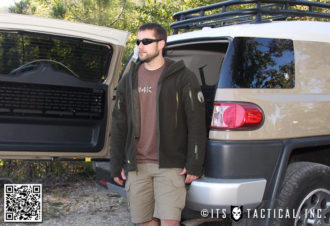
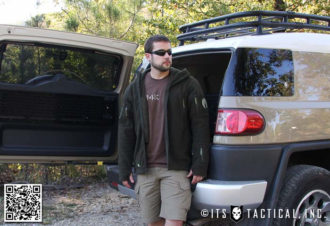
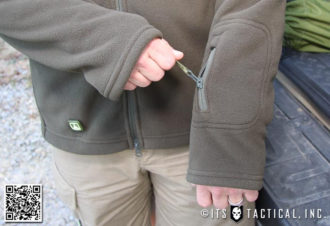
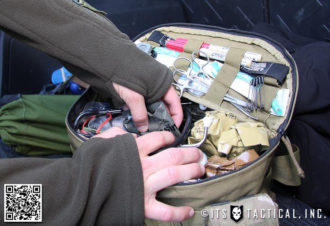
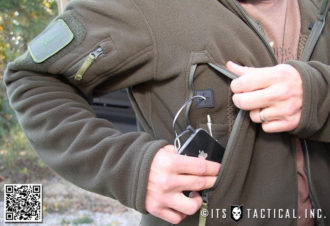
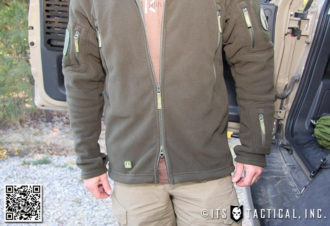
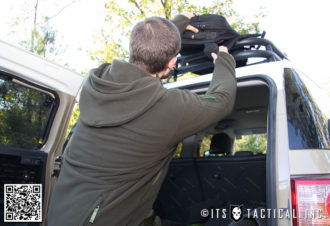
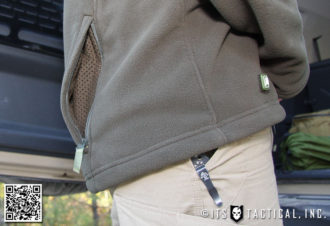
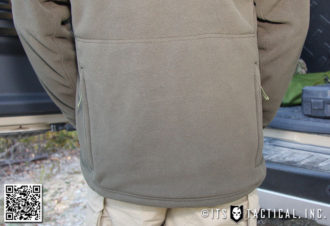
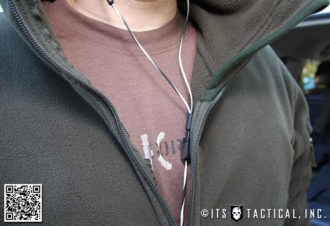
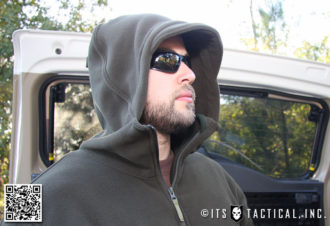
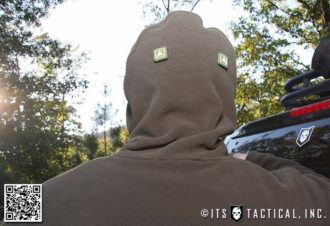
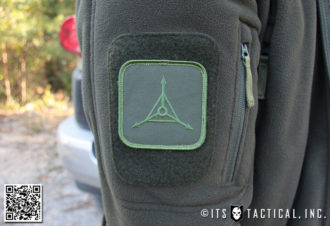
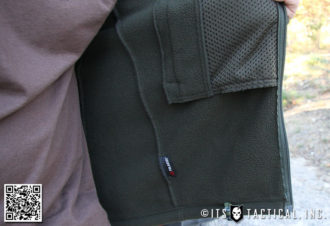
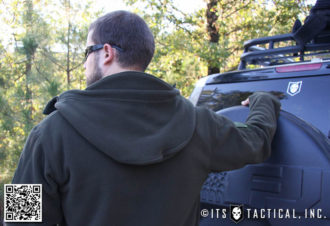
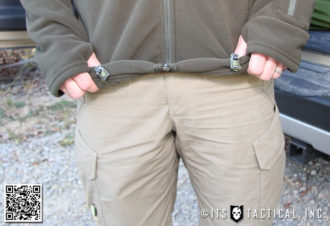
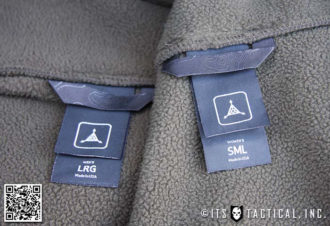
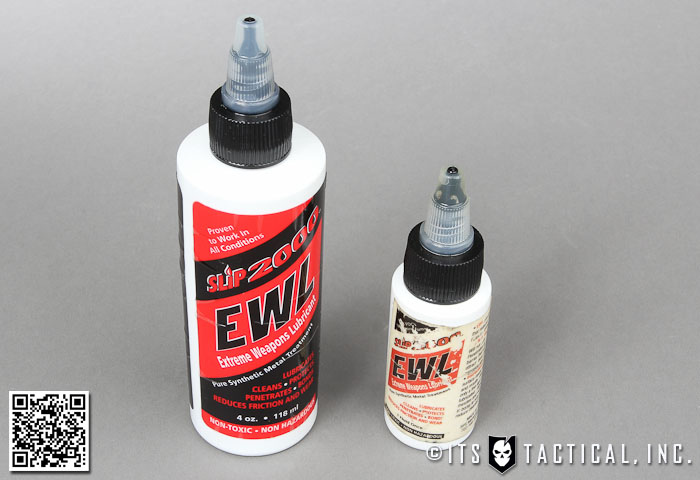
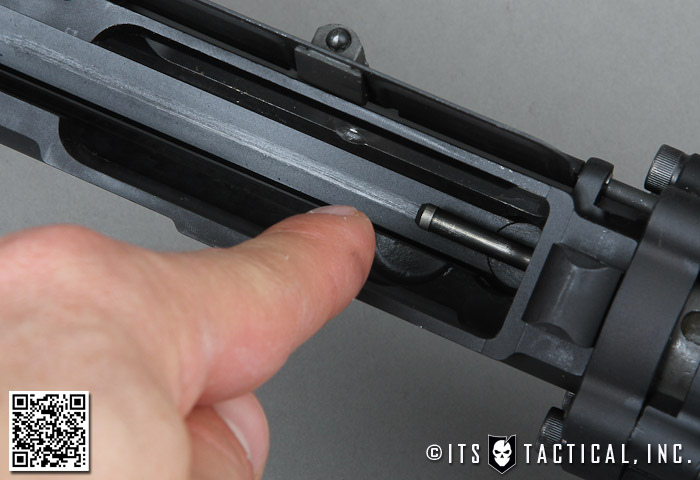
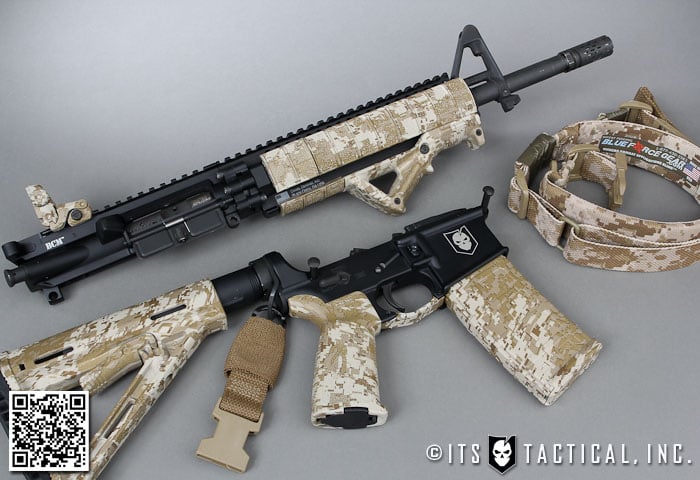
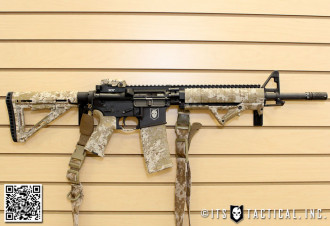
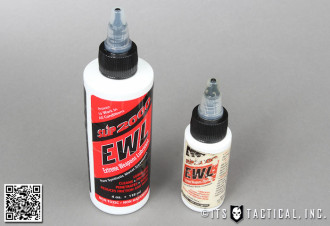
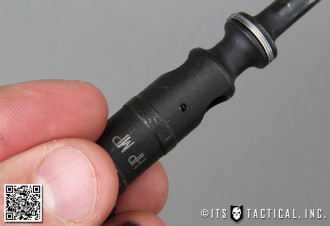
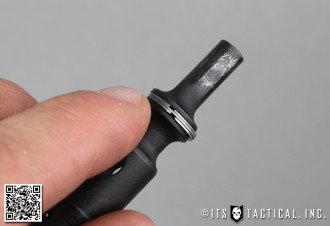
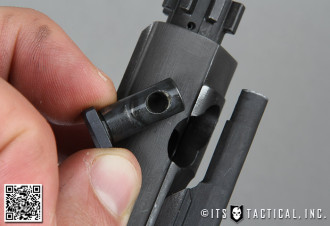
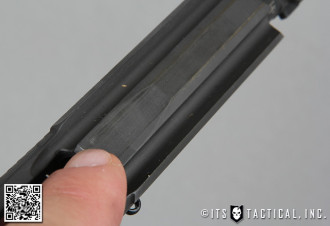
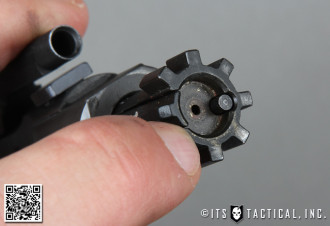
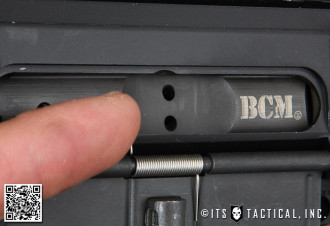
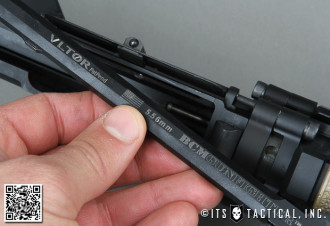
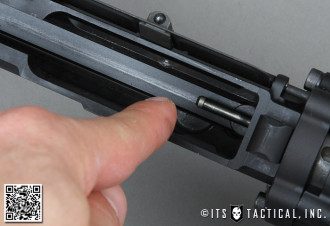
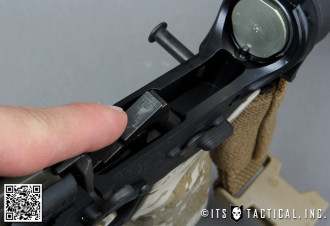
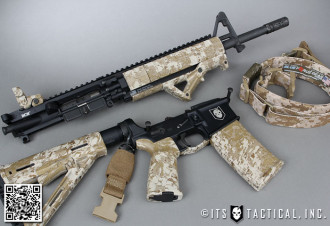
 Yesterday, our friends over at Silencerco debuted a new website called
Yesterday, our friends over at Silencerco debuted a new website called 